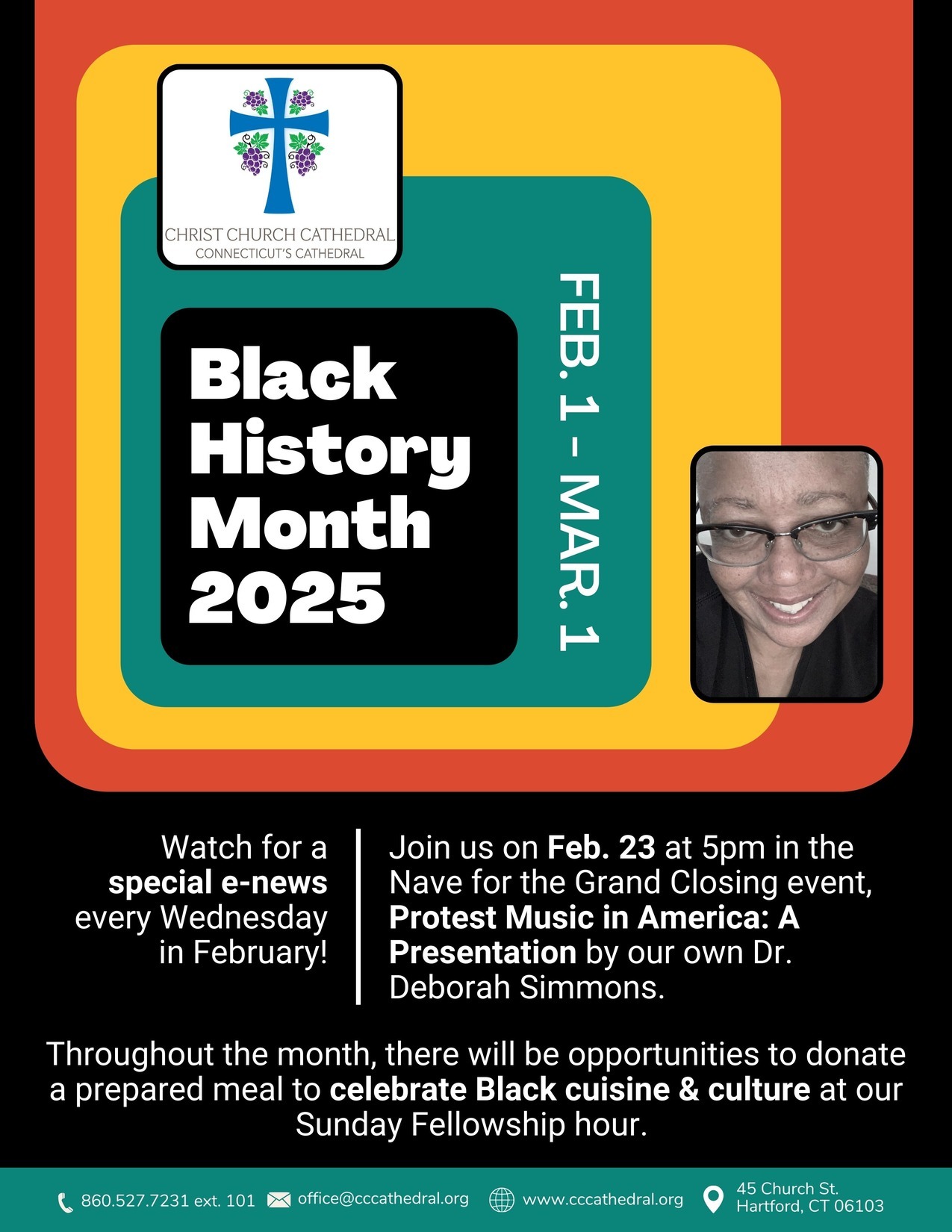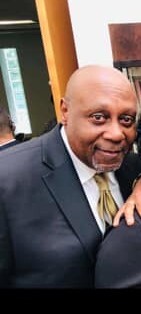My Story as a Cape Verdean by Pat Wrice
When I was growing up, if I told people that I was Cape Verdean, they would not know what that was. To white people who only saw black and white, with white the dominant race, it didn't matter - I was still black; to black people, if I said I was Cape Verdean (or in those days, Cape Verdeans were known as Portuguese), I was trying to be something other than black. So, for many years, I did not share my ethnicity because it would just complicate things. For many Cape Verdeans, we had to choose: we either suppressed our identity or remained in our country's ethnic enclaves. So I kept that essential part of me a secret, or did not elaborate on my ethnicity.
Many people still do not know what it means to be a Cape Verdean or even where Cape Verde is. The Republic of Cabo Verde is an archipelago of 10 inhabited islands and five inlets located 350 miles off the coast of Africa. They were colonized by the Portuguese for over 500 years, from 1473 until 1975, when the Cape Verdeans, along with Guinea Bissau, won their independence. It is hard to believe these tiny islands with a population of under 1 million were so instrumental in the transatlantic slave trade because of their location and the dominance of the Portuguese, who at that time dominated the seas.
I grew up during the civil rights movement and rarely if ever talked about my Portuguese heritage because, for me, it was a distraction from my credibility as a Black person dealing with racism in America. I now realize my ethnicity and culture is so much a part of me and that not to acknowledge it is to deny who I really am. Today, what is going on with mass deportations of immigrants, especially those who are black or brown, and also the challenge of birthright citizenship, has hit so close to me. My mother was born in the United States to parents who were not U.S. citizens. If she were alive, she would be 103 years old. Can you imagine her being born during these turbulent times and her birthright citizenship coming into question?
I've often asked, what does it mean to be Black and Cape Verdean? What is black enough? In a country that has a one drop rule, where does one fit? In a country that still has a binary description of race and doesn't allow for ethnicity, again I ask, what is black enough? Do you give up your black card if you allow for the fact that you have a social and cultural ethnicity that may not be part of the American Black experience historically? How black are you if you come from a mixed race background? To white people, you are seen as black with no nuance. To black people, your race often comes into question. But as I say, growing up in the '40s, '50s, and '60s, I have never questioned my blackness, so I ask: what is black enough?
As I have learned my history, I am proud to say I'm Cape Verdean and with certainty a true African American. My youngest grandson would say, when people ask him what he is, Dean proudly answers: “my people came from the motherland of Africa, Cape Verde”.

Our CCC Black Heroes: Tom Smith

Hartford native: born 1948 to Thomas Smith, Jr. & Coretta Howard Smith
Thomas G. Smith, Retired Teacher Hartford Public Schools
I am a life-long Hartford native. My learning and growing has been in Connecticut and Boston--I'm so very New England. High points in my collegiate learning have been with these world scholars, educators and mentors. I am because they saw me. I honor each: Eugene Leach, E. Paul Torrence, Alvin Toffler, Joseph Renzulli, Susan Pennybacker, Sally Reis, Paul Lauter, Margo Perkins, Louise E. Loomis, Edward Weinswig, Helen D'Adamo, James Miller, David N. Perkins, Barry H. Leeds, Reginald Swann, Henry Chang-Yu Lee, Luis Alberto Machado, Jacques Rommel.
The aforementioned professors frustrated, guided, coaxed, and (of course) nurtured me. In their charge, I learned the art and craft of teaching. I spent 37-plus years striving to be a high school standard bearer and a standard raiser.
Beyond the classroom and post-retirement, I engage with church, community, and social organizations. I remain dedicated to the Weaver High School radio station, WQTQ FM--it keeps me busy! Of late, I have been "volunteered" to sing with our Christ Church Cathedral Choir and with the North End Senior Center Harmonizer Choir. Each bringing to me added moments of joy and well-being.
Educational and Vocation Highlights:
- 1954 – 1962 Moylan-McDonough formerly Moylan-Wilson Elementary Schools student
- 1966 Hartford Public High School Graduate
- 1970 Central Connecticut State College, BA English
- 1978 Central Connecticut State University, MA Ed
- 1988 University of Massachusetts, MA Credits in Critical & Creative Thinking
- 1998 Trinity College, MA American Studies with Honors
- 1970 – 1974 Teacher of Reading and English Hartford Public High School Annex
- 1974 – 2006 Teacher of Reading and English Weaver High School/Facilitator for Talented & Gifted Programs at Weaver High School: Teacher of Critical & Creative Thinking/ Coordinator for Advanced Placement Teachers and Testing.
Additional Highlights:
- 1981–present: Air Host & Chief of Operations of 89.9 WQTQ FM.streams as (WQTQ.FM)
- 2017 Publication: Co-Author of The Cognitive Six: A Guide to Teaching Thinking with Louise E. Loomis, Ed. D. Thinkwell Center: 56 Arbor Street, Hartford, Connecticut. www.thinkwellcenter.com
- Immanuel House Senior Housing, Board of Directors
- Institute for Community Research, Board of Directors
- Hartford Public High School Foundation, Board of Directors
- Jacob L. & Lewis Fox Scholarship Foundation, former scholar/ member
- Christ Church Cathedral, Chapter: Member-at-Large
- Christ Church Cathedral, Parish Committee, Vice Chair
- Christ Church Cathedral, Congregation’s Committee & Ministry Team
- Christ Church Cathedral, Lector and Cathedral Choir member for special services
- Alpha Phi Alpha Fraternity, Incorporated Crossed in 1983 Beta Sigma Chapter: Hartford
- Eleven28 Entertainment: June Archer’s 100 Men of Color Award First Cadre 2012